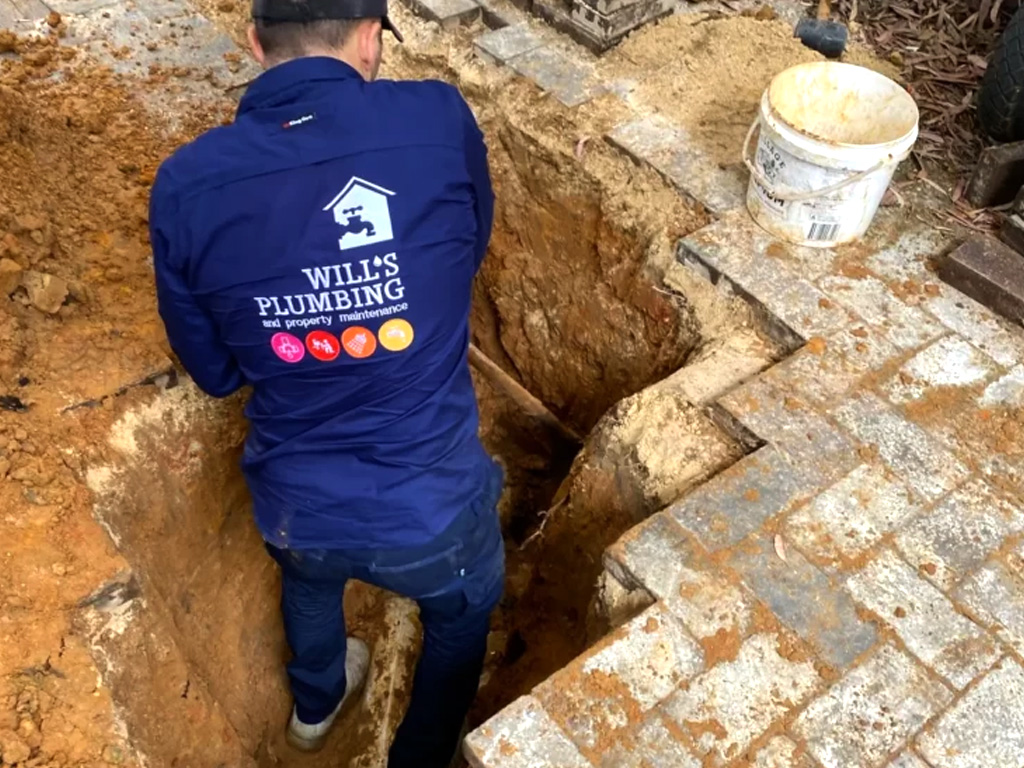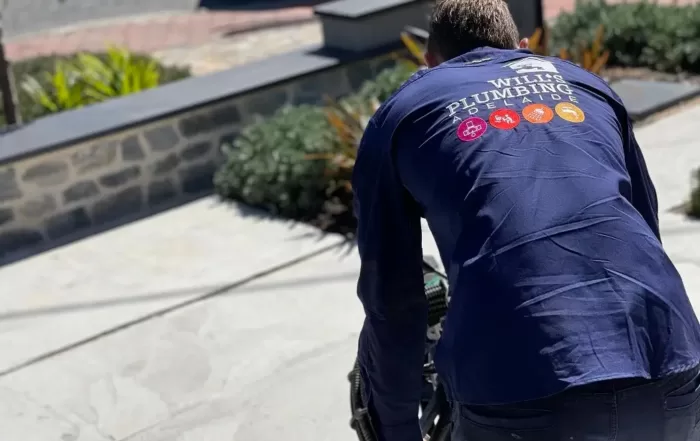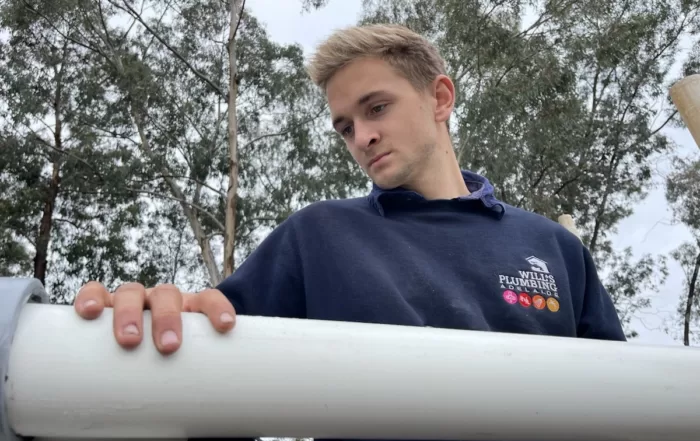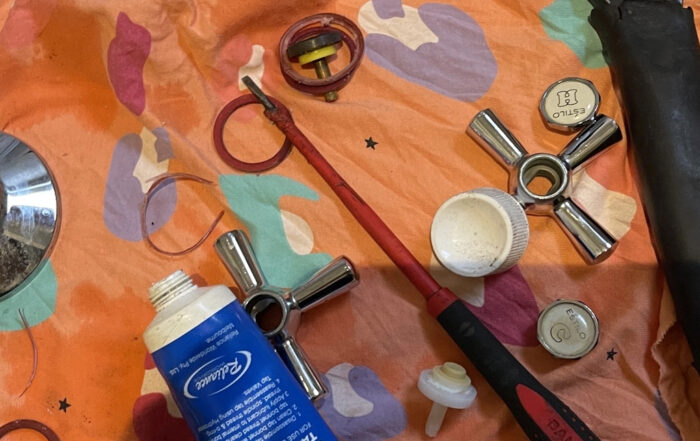Should I Reline My Pipes Or Replace Them?
Do I reline or replace my drain pipe? This is a question we get at Will's Plumbing Adelaide frequently. It's best answered when the damaged drain is observed.
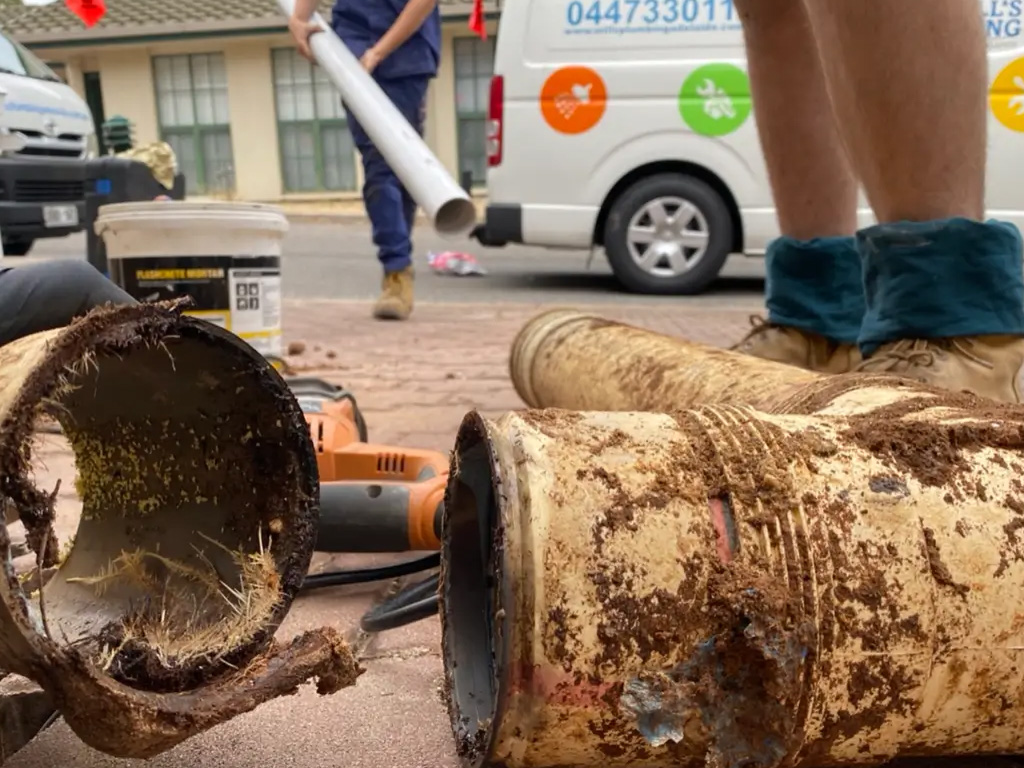
Have you recently been faced with the option of relining or replacing your drain pipes?
You may be faced with these options after a plumber has unblocked your pipes. It can become frustrating not knowing which option to choose. This article may help you pick the right option to fix your pipes once and for all.
First and foremost, we must understand where the damaged drain is located, as the cost can change significantly between relining or digging up your drains.
Replacing broken pipes can be very labour intensive which normally involves digging by hand or using a machine along with the potential of removing concrete, fences and retaining walls which can become expensive.
Whereas relining your damaged pipes doesn’t require any excavations or destruction to your property, leaving our house, garden, concrete driveway, and fences untouched. With only a few access points required to gain access into your drain. So using a qualified plumber in Adelaide is crucial to avoid mess and damage to your home
Let’s Talk About Drain Replacement
Before pipe relining, the most common method to repair damaged and broken sections of your drain or length of sewer pipe is digging it up and replacing it with a new pipe.
Initially, a plumber would normally unblock the drain using a hydro jet or drain snake to clear the drain. A drain camera is then used to determine the condition and location of the drain.
Once the location of the drain is located it is important to establish if there are any services like power, data, gas, or water in the area to be excavated above or around the damaged drain.
Prior to digging or using excavation machines Its crucial to determine the depth of the drain as safety measures may need to be installed to prevent the trench walls from collapsing during excavations.
Fences may need to be dismantled and put aside and plants uprooted or concreted cut prior to digging as this aids in the ease of excavation.
The area above the broken drain is then excavated, either by hand digging using a shovel, excavation machine like an excavator or using a hydro-vac.
Once the drain is exposed, it can then be cut out and removed, it’s important to note during this process that no taps or toilets should be used, as it will make the plumber’s job more difficult to tackle.
A new drain can now be installed in place of the old and damaged drain. The excavated trench can also be backfilled to cover the newly installed drainage pipe. You will be able to see what’s involved in the replacement process of your drain pipes. When considering this option, you must factor in the cost of reinstating fences, concrete, retaining walls and relandscaping.
Pros of Digging Up Your Pipes:
- If the pipe is shallow and easy to get to, it will cost less than relining
- A quicker repair, depending on the location of the pipe, either above or below ground.
- More for less! The Cost to replace a large amount of pipe may cost less than relining it, again this is a subject to the location of the damage drain4. Non-invasive
- It may be your only option, relining doesn’t fix all drains.
Cons of Digging Up Your Pipes
- Can be noisy
- Is more expensive big machines to excavate deep pipes
- Can require big machines to excavate deep pipes
- Become risky due to causing damage to your home, landscape and underground services.
- Good pipes may be damaged in the process
Let’s Talk Sewer Pipe Relining, What is Pipe Relining You Ask?
To put it simply, pipe relining is a no-dig solution for repairing damaged drains underground or in difficult locations to access.
How it works: A fabric is impregnated using resin which is then inserted into the damaged section of the drain using specialized tools and equipment.
The fabric is then inflated up against the internals of the damaged pipe which then has hardness forming a new pipe.
Drain preparation is required before relining can be done. Damaged drains need to be cleaned from roots and objects which is usually done using an electric drain machine or a water-powered hydro-jet. This, therefore, ensures a good result can be archived at the end.
Drain cameras are also used to determine the location and condition of the drain to be relined so that the fabric can be installed in the correct position. There are other preparations that need to take place prior to relining. Watch our video to learn more.
Pipe relining can be a less expensive method of repairing a damaged drain rather than digging, especially when a drain is located under your bathroom, below a retaining wall, concrete driveway, or your landscaped garden.
Relining is somewhat new to the plumbing world of Adelaide. It’s been around for over ten years but people still don’t know too much about it. As time passes by, more and more people are finding that relining is a better method rather than the hassle of digging.
Pros to pipe relining:
- Less expensive than digging
- Reduces the amount of time on the job
- Repairs drain’s that are too difficult to access
- Non-invasive
- Less destruction to your property
- Enables a better flow of sewerage
Cons to pipe relining:
- High execution risk
- It may not work if the drain is badly damaged
- Requires a trained expert technician
- Expensive materials
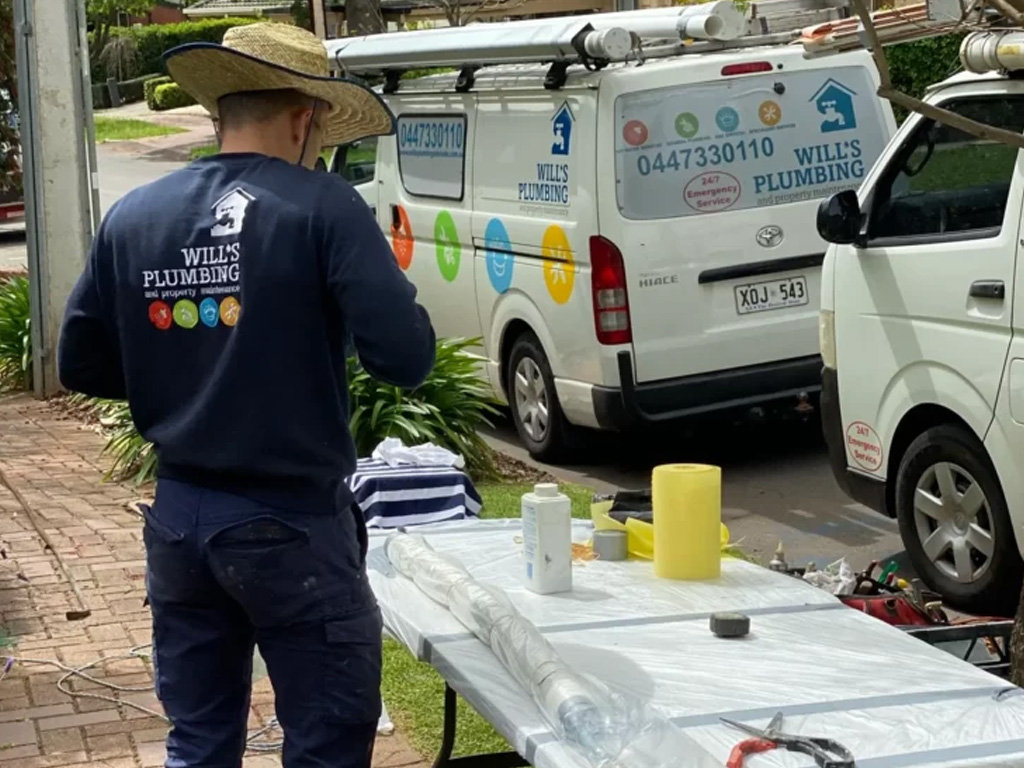
What’s the Cost of Sewer Pipe Relining?
The cost of relining can vary depending on the following points:
- Set up cost – Normally relining equipment is set up with access needed for installing the liner or felt into the damaged section of drain. Access is usually granted through inspection points of the drain on a property such as a toilet waste pipe, gully trap or internal drain. The location of the access point on a property can impact setup costs, practically where the location of this point takes longer to access. For example, transporting equipment further away from vehicles such as stairs, basements or at the back of a property.
- Drain preparation Cost – This is fundamentally the most important step to ensure a successful repair. The work involved in drain preparation requires specialised equipment such as drain cameras, hydro jet machines, and etching equipment – all included in drain preparation costs. The extent of damages to the drain, the number of obstructions to be removed (such as roots), and the existing drain material can all play a part in determining costs.
- Pipe size and configuration – There are various methods used when relining pipes. When long lengths of main drain incorporating junctions and Inspection Points (IPs) are required, equipment like inversion drums is used along with robotic cutters to drill out branch lines and IPs. This technique usually has a lower cost per meter compared to other options like patching smaller sections of drains at a time or installing a one-piece junction felt. This is because the drain preparation and setup costs can be absorbed into longer lengths rather than short distances or one-off junction repairs.
How Much Does it Cost to Reline Sewer Drains?
Long length – To reline long sections of 100mm main sewer drain, the costs start from $500 per meter.
Small patch length – Small sections of the drain, otherwise known as patching, start from $1450 per meter
Junction relining – The cost to install a one-piece junction felt or liner starts from $1500
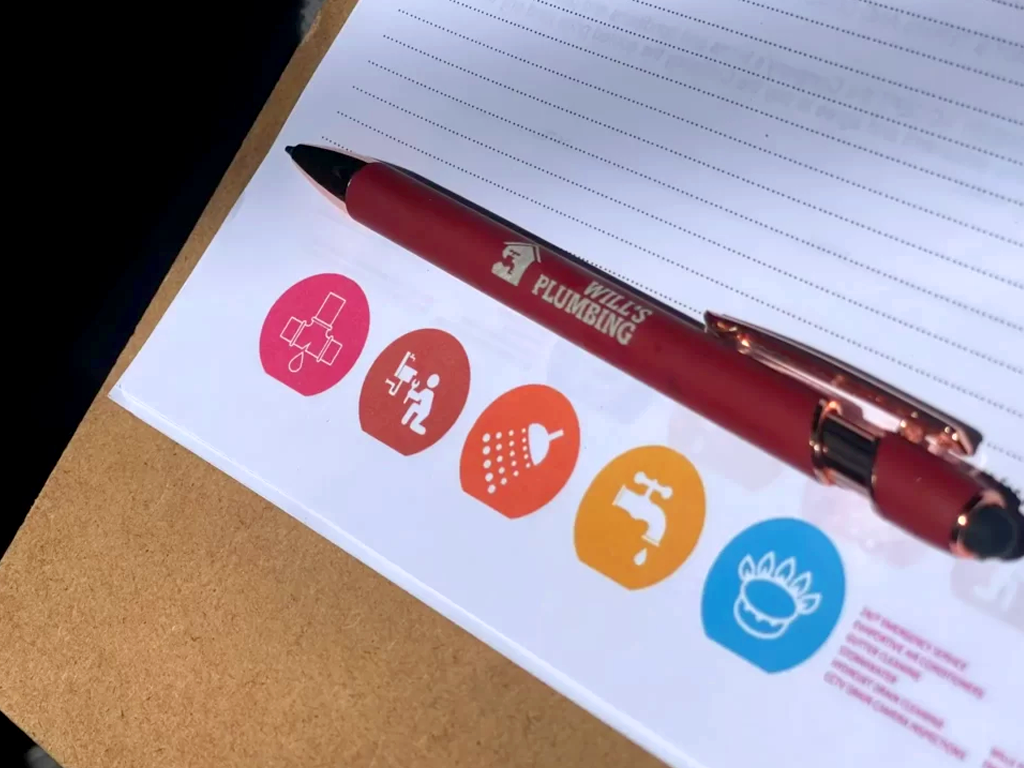
What is the Warranty on Pipe Relining?
Most plumbing businesses that provide pipe relining services are normally happy to provide a warranty in relation to the liner.
The warranty can range from 25 to 50 years which starts from the date of installation of the liner. The warranty normally relates to the liner product only, providing the existing host pipe hasn’t caused the failure.
If any defects arise in relation to the liner it’s suggested to contact the business who installed the liner to investigate in the first place due to the other plumber assigned to the job may not have to right tools to fix the relining work. Therefore, it’s best to avoid using any chemicals in the relined section of the drain.
Set-up costs and drain preparation is normally added to these costs. For a comprehensive and accurate quote on pipe relining it’s best to contact a relining specialist to determine the extent of damage to the pipe.
What is the Cost of Replacing a Drain?
Drain replacement is a well known and common technique for repairing drain pipes in poor shape, whether it be a cracked or root-infested pipe. It’s a method by hand, machine, or hydro excavation to gain access to a damaged section of the drain if in need of replacement. Back in the day before relining, there was no other way of mending a pipe underground without replacing it. But nowadays with relining there is a no-dig solution.
Things taken into consideration when pricing a drain replacement are:
- Location: the depth and length of the drain are taken into account
- Size: the size of the drain
- Drain material: PVC pipes are more easily replaced than the old earthenware or terracotta pipes
- Obstructions above the pipe: reinstating things like fences, retaining walls, concrete driveways, footpaths, or a building material need to be factored into a drain replacement.
- Excavation method: costs can vary between using a machine excavator, hand digging or a hydro-vac.
- Materials: things like piping, glue and fittings are required along with backfilling and bedding materials are used to make sure a good outcome is achieved.
